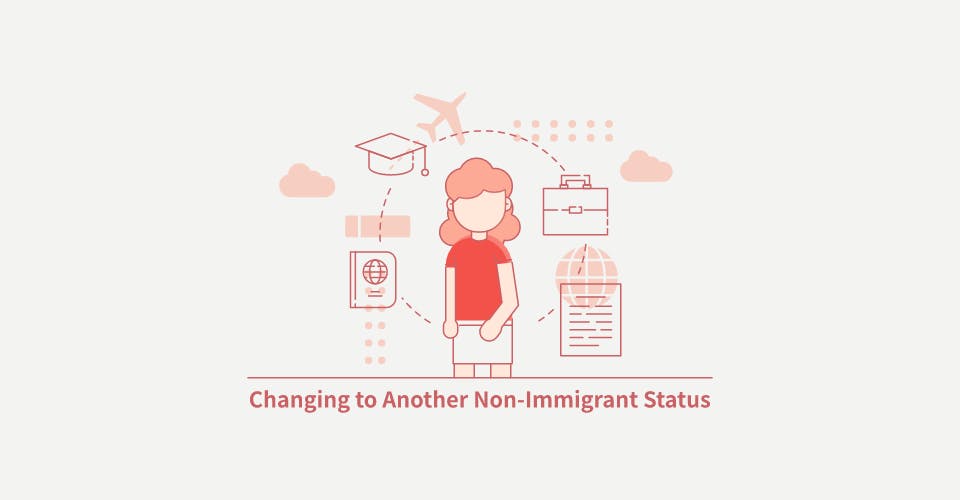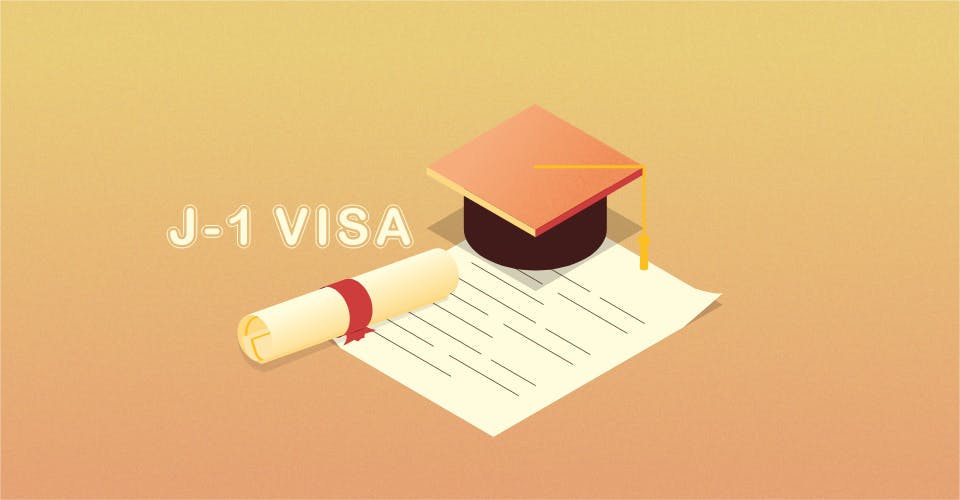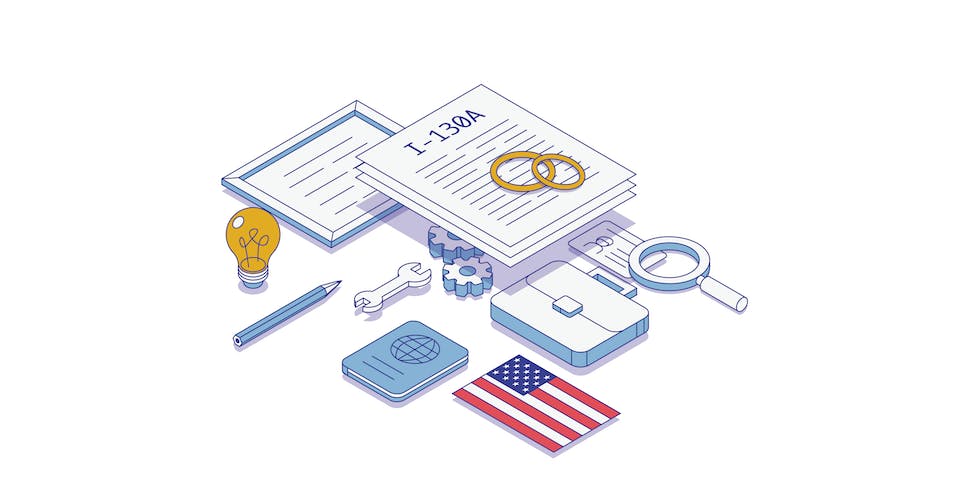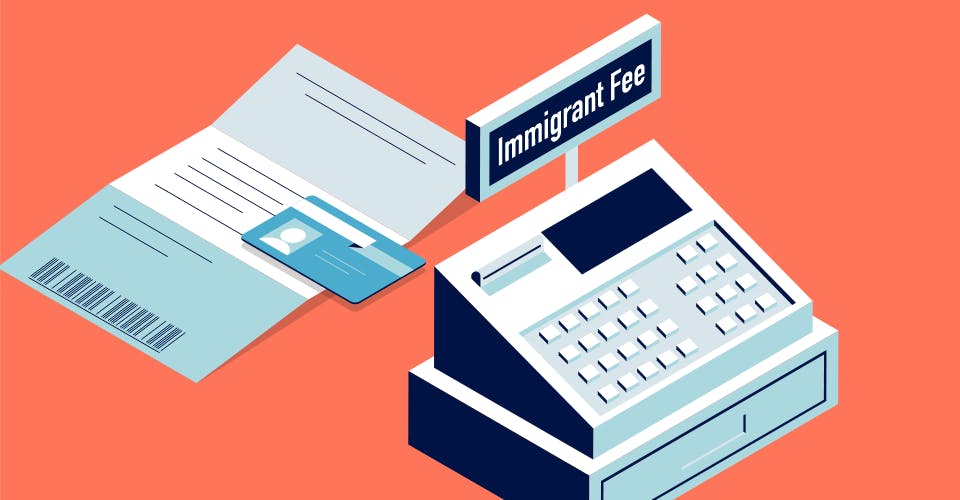If you are currently in the United States as a non-immigrant and are seeking options to stay in the United States without having to file for an EOS, there is another option which involves changing your status to another non-immigrant classification. This procedure is possible, but only applies to non-immigrants who qualify for an actual change of status. For example, it is very well possible that you could be in the United States on a B1/B2 visa prior to having a U.S. based employer offer you a job. If this happened, it would be an example where you would need to change your status to essentially work legally in the U.S.
Similarly, students who have been admitted to a university should not start their first day of classes without first being a legal J-1 visa holder.
In this blog, we’ll take a closer look at how this operation works, and some considerations to make if you are seeking a change of non-immigrant status.
Categories of Non-Immigrant Visas
First off, there are only a select number of visas that the USCIS will allow for a non-immigrant change of status. These include the following:
- International Trade and Investor (E Visas)
- Representatives of International Orgs. And Employees (G Visas)
- Temporary Workers (H Visas)
- Exchange Visitors (J-1 Visas)
- Intracompany Transfers (L Visas)
Next Steps
If you have determined that it would be possible for you to switch your current status (must not have already filed for an I-485 adjustment) to one of the above categories, then the next step in the process is to have your new employer file an I-129 petition on your behalf. If you are already in the U.S., then the approval of your I-129 via an I-797 will confer that you are now a valid visa holder.
Principal applicants who are changing their non-immigrant status do not need to file an I-539 application in this case, they only need to worry about having their I-129 petition accepted by the USCIS. However, if the principal applicant has children (unmarried and under 21), or a spouse, then the dependents need to be included in a separate I-539 application. For example, on Part 2 of the I-539, you will see very clearly that there is a spot where applicants can write in the exact number of people that will be included on the form (Question 5b).
Exceptions to the Rule
Not everyone who has been admitted to the U.S. will be able to change to another non-immigrant status. For example, if you came to the U.S. under one of the following statuses, you are ineligible for the above procedure:
- Visa Waiver Program
- In transit through the U.S. or Crew Member
- Fiancé of a U.S. citizen or dependent of a fiancé living in the U.S.
- Informant or dependent living in the U.S.
In addition, if you are on an M-1 Visa (for foreigners who are in the U.S. taking vocational classes i.e. cooking, flight school, cosmetology, mechanical classes), you are also ineligible to apply for any of the H Visa temporary worker classes.














